Baby-led weaning (BLW) is a great way to introduce your baby to solid foods and has many benefits for both baby and parent. When done correctly, BLW can help your baby develop healthy eating habits, economic skills, and a good relationship with food.
However, many questions need answers for most mothers. They include questions about allergies. When is the ideal moment to begin, and how much should you give your infant? Which foods, and how, should be introduced first?
If you are interested in starting baby-led weaning, all these questions may be on your mind. In addition, you may be wondering how to get started. This beginner's guide will give you all the information about how to start baby-led weaning, including when to start, recommended foods to provide, and how to make progress from there.
What Is Baby-Led Weaning?
Baby-led weaning is when babies are allowed to feed themselves from the very start of weaning instead of being spoon-fed by their parents.
The thinking behind this approach is that it allows babies to develop their abilities and skills at their own pace instead of relying on their parents. It also allows you as a parent to make healthy, homemade baby food and baby purée for your little one in minutes.
Baby-led weaning parents have the youngest child sit in a comfortable chair with some finger foods and try to get the food from jar to mouth on their own.
The conventional initial stage of introducing solids and purées and spoon-feeding them is omitted in this approach. So it gets right to giving young kids finger meals they will eat on their own.
This method usually starts when newborns are at least 6 months old. It is believed that at that age, they can feed themselves the foods of their interest.
Baby-led weaning allows infants to acquire the skill of chewing before swallowing, giving them a choice over what and how much they want to put in their mouths.
Simply said, it's convenient, and it is just one of the numerous reasons individuals are beginning to choose this eating method more often.
There is often no need to do separate cooking when you can adapt dishes you are currently preparing for your infant. It also gives a baby control over what they put in their mouths, setting an excellent example for letting them feed instinctively from the beginning.
Since this method enables infants to explore meals and consume the same items as the rest of the family, it also helps them develop their fine motor skills and recognize hunger cues. But you must first assess whether this diet is suitable for you. As a relatively new meal progression approach, BLW needs more available data.
There are some drawbacks to choosing baby-led weaning. First, given that it is finger food, a mess is inevitable. When your child refuses to eat, there's waste, and meals take longer.
How to Start Baby-Led Weaning
Wait until your baby is ready to start feeding themselves. Around six months of age, most babies are developmentally ready to start solid foods. They can sit up independently, pick up food, and attempt to eat.
Some infants, however, require a bit more time and won't be completely prepared to feed themselves until they are 7 or 8 months old.
When you first start BLW, it's essential to choose easy foods for your baby to grasp and dissolve easily in their mouth; some good starter foods. If your child was delivered early, they could also require additional time.
The idea behind baby-led weaning is that babies are developmentally ready to start eating solid foods when they can sit up independently and pick up small pieces of food to eat on their own. This
Starting solid foods can be a big milestone for both parents and babies. But before you begin baby-led weaning, there are a few things you need to know to get started. Here are a few tips to assist you get success at BLW.
Speak With Your Pediatrician
The first step when starting baby-led weaning is to Speak with your pediatrician.
Pediatricians should advise parents on the best time to begin baby-led weaning, mainly when their infant is developmentally prepared to swallow solids safely.
This is a developmental ability that often appears around or after the age of six months rather than necessarily corresponding to a chronological age.
Infants not deemed ready for BLW by 8 months should be assessed for developmental delays. But If you believe your infant should start eating solid meals sooner so they can suggest more traditional weaning techniques.
The Right Age Matters
The World Health Organization (WHO) recommends that all infants begin consuming meals in addition to breast milk at six months of age. Still, the American Academy of Pediatrics recommends that nursing or bottle feeding be the only food source for the first six months.
Waiting too long can harm a child's later ability to consume meals. Your kid is ready to eat when he is at least six months old, can sit up without much assistance, no longer experiences the extrusion reflex, expresses an interest in food, and mouths objects.
However, keep in mind that all children are not the same. As such, it cannot be one size fits it all for every baby. For example, your child may not be ready just because your physician says you may introduce solid foods at 6 months old.
So before starting the baby-led weaning process, parents should watch for their child's readiness indicators.
- Awareness and alertness during mealtime or a shift in emotions
- To make it simple for them to spit out food, they should be able to sit up with support and have neck support.
- Baby should move out and express the desire to eat.
- Babies should be able to mouth things, opening their mouths and sucking on objects.
- Baby no longer exhibits the extrusion reflex (tongue push)
- Babies should be able to sit up by themselves, controlling their heads and neck well.
- Experts agree that babies with developmental delays or underlying neurological issues might need a more conventional feeding technique.
Don't Jump Straight to Solids
Whatever is on the menu, the food should have a thickness that is soft enough for you to nuzzle between your fingers or easily dissolve, indicating that it will be simple for your infant to chew or gum. Avoid hard or crunchy items, such as apple slices and raw carrots.
Some babies may prefer to start with a liquid-like meal taste. This is because, until now, they have only ever consumed liquid milk.
Therefore, the puree's thick, liquid-like consistency may be beneficial during the first few days. You can blend pureed fruit, vegetables, or baby rice with infant milk or water to get this liquid-like texture.
You can progressively thicken the puree until it has the consistency of a thick soup as they become accustomed to eating food with a spoon.
Initiate solid food by giving your infant a few later as you progress. You can start offering solid meals at a scheduled time after the first few days or weeks. But this depends on how well your baby adjusts to its new diet.
This could be served between breastfeeding or bottle feedings between morning and midafternoon. To administer a few spoonfuls each time, choose the time that works best for you both.
Offer foods that can get cut into thick strips or sticks so your baby may hold them in her fist and chew them from the top down when they are first introduced to solids at 6 months old.
You can begin chopping food into small, manageable bits once your kid has established her pincer grasp, which often happens around 9 months.
Get the Tools You Need
As you and your baby begin this new path of food introduction, you want your kid to be as successful as possible with baby-led weaning.
You should consider what utensils you should use for baby-led weaning. For example, did you know that tools made exclusively for BLW exist?
When buying your baby's first infant utensils, keep an eye out for baby-led weaning flatware, specifically made to help your baby feed themselves, as most baby utensils are meant for parents to feed their baby with!
Shorter BLW utensils make it less likely that kids may accidentally shove the object down their throat and choke or gag themselves. Most Baby-Led Weaning tools are designed to avoid choking. This is one major thing to look out for when buying baby-weaning utensils.
Also, pay attention to the type of chair you provide your young eater. The things listed below should form a significant part of your considerations.
- A chair that can fit neatly beneath a table is a beautiful choice because baby-led weaning allows your baby to participate in family mealtimes.
- Your infant needs a proper height and reaches tray so they can comfortably grab their meals. Is there a lip on the tray? This will lessen the likelihood that your infant may accidentally knock food off the tray and into the floor.
- Because BLW is dirty, you need a simple surface to clean. Stay away from stuffing or nooks that could harbor bacteria. An excellent option is a highchair made of plastic or wood. It is crucial to keep in mind that eating is a skill that kids can learn. But as infants cannot touch and investigate their food, using some of these tools may prolong that process. If you do, you might discover that it works best to use them in addition to just letting the infant use their hands. Some of the utensils to explore include:
- Bibs: As your baby learns to feed herself, they frequently drop the food just before it reaches their mouth. Any food that is dropped will be caught by a scooped bib, allowing them to try again. Never undervalue the mess that your infant can produce when feeding itself! A smart option is a long-sleeved, easily washable bib that can be thrown in with your regular laundry. Additionally, bibs can come with a scooped plastic front affixed to them. Ensure the fabric is comfy, especially for your child's wrists and neck. Getting at least two or three will ensure you always have a spare.
- Spoons: For baby-led weaning, tiny, sturdy spoons with easy-to-grasp handles work well. They should feature a deeper bowl than a regular spoon to make it simpler to load up food. But with baby-led weaning, spoons are not required. Instead, you can teach your infant to dip and scoop up sauces, purees, and yogurts using breadsticks, chunky veggies, and pasta shapes.
- Cups: As soon as your baby starts eating solid meals, give them a beaker of water. Choose a cup with a free-flowing spout to teach your baby to sip instead of suck. An open-topped cup is an additional option. However, it could take some time to adapt to these cups; your baby will probably spill more than they drink. Purchase both varieties and use the open-topped cups at home and a closed cup elsewhere. Additionally, your baby's developing teeth will fare better in free-flowing cups.
- Dishes: This forms a significant part of your baby-led weaning progress. Children love attractions, and you can use this as a medium to attract them to feed themselves with the types of dishes. You can use colorful dishes and attractively shaped plates that will make your little eaters want to feed themselves.
Variety Is Always the Spice of Life
Expose your infant to various foods to encourage the development of an exploratory taste. This reduces the likelihood that they will become picky eaters. Serve a variety of textures. Aim to serve at least one food high in iron at each meal.
Babies often need 3 to 4 different foods at each meal. Children who don't consume a lot of meat or other foods high in iron may benefit from an iron supplement. Breastmilk or formula should be given at the same volume and often during the first few months of the initiation of supplementary feeding.
Before solid meals, milk feedings should be provided to ensure the baby is still getting enough calories and nutrients.
Modify the texture of the food. Ensure the food texture and shape are acceptable and secure, even if the baby eats the same food as the rest of the family.
Don't Rush Things
Keep in mind that these are new self-feeders, and they are only learning. As such, it will be better to take things easy with them.
So allowing your youngster to eat slowly is okay. However, it may take some time to finish the dish.
When adding new foods for the first time, spread them out for 3 to 5 days. Keep an eye out for any symptoms of an allergic response in your kid. If one happens, adding them one at a time makes it simpler to identify which dish was the culprit.
If a food allergy runs in your family, exercise caution when eating that food. After introducing foods most likely to cause allergies, for example, peanut butter, keep a close eye on your little self-feeder.
What Foods Do You Begin With During Baby-Led Weaning?
Bananas and avocados are excellent starters for baby-led weaning. The goal is to feed the baby parts of homemade soft foods.
This method will reduce the prep time for baby food compared to their meals. Also, consult with your pediatrician to create an optimal plan for your particular child if you still need to decide which foods to introduce.
It would be preferable to start your baby-led weaning adventure with single-ingredient foods like bananas, avocados, broccoli, and poached salmon. These foods are simple to prepare, and starting with them will assist in weeding out any potential food sensitivities.
When your baby is 6 to 8 months old, you should also cut these meals into portions that are easy for them to grip because, at this age, they won't have mastered the pincer grasp and will instead be grabbing their food with both hands.
Once you've given your infant a chance to sample various foods without complications, you can start introducing them to combined dishes as the rest of the family.
Your baby will ultimately begin to learn this pincer grasp as they grow. Then at that point, you can start the switch to smaller-sized pieces.
Benefits of Baby-Led Weaning
Below are some of the benefits associated with baby-led weaning:
Adequate Nutrition
It is crucial to pay attention to the nutrition of your baby. From six months of age, breast milk may not provide all the necessary essential nutrients needed for your baby's growth.
Low nutrients like iron and zinc can affect immunological function, motor and cognitive development, and growth. As such, eating certain homemade and whole foods through baby-led weaning has the potential to be exceptionally nutrient-dense.
Good Eating Behavior
Togetherness increases, and that results in excellent eating habits that are modeled you eat with your young eater. Meals with the family also promote social, visual, and posture abilities. Like us, babies pick up table etiquette and routines while sharing a meal.
When thinking about starting solids, it's crucial to consider all these mealtime advantages. Family mealtimes build good habits in kids, and they are an excellent time to be together too.
The child can take as much or as little as they like when self-feeding. They may learn when they are hungry and full due to this. Later in life, it might aid in preventing obesity and binge eating.
It Saves Time and Money
These are two critical factors in everybody's life; time and money. Baby-led weaning helps you save both when you apply it skillfully.
There is no need to prepare or purchase additional baby food. However, as a working parent, you may experience some worry over the additional time and money required to buy extra food packs and formulas for the child or pouches.
Also, you don't have to stress about forgetting to pack extra food, prepping extra food, and failing to carry it with you.
Safety Tips for Baby-Led Weaning
Gagging may occur, particularly in the early stages of BLW, when your infant is trying to fit new foods in their mouth. Choking is not the same as gagging, a protective reaction to food moving too far back in the mouth.
Babies' excellent natural gag reflex helps them transfer food stuck too far in the back of their mouths back to the front. They do so to prevent choking. So your child will probably gag—a lot.
On the other hand, choking is a crucial risk to baby-led weaning. It can be terrifying for parents to watch their babies bring huge pieces of food to their mouths. When and if they do appear to be choking, it is pretty frightening.
However, baby-led weaning does not present a higher risk of choking than conventional weaning. Furthermore, there is no proof that baby-led weaning groups choke more often than regular feeding groups.
According to studies, delaying the introduction of allergenic foods can worsen existing food allergies. If your child is at high risk for allergies, speak with your pediatrician first.
If your infant does experience an allergic reaction, you may decide to introduce one allergenic food category at a time. But first, try introducing foods high in allergens for nearly six months.
Frequently Asked Questions
People also asked the following questions:
At What Age Should You Start Baby-Led Weaning?
According to the NHS, the recommended age to begin baby-led weaning is around six months. At that time, the baby is believed the baby can raise their neck and sit upright.
Can I Combine Baby-Led Weaning and Purees?
When your kid begins solids, the critical question is if to start with purees or move straight to finger meals. But it is simpler to offer a wider variety of meals when puree feeding is combined with baby-led weaning. So yes! You can combine both methods.
Do Doctors Recommend Baby-Led Weaning?
Once your child gets to six months, doctors recommend that you introduce them to solid foods. But they also advise that you feed your baby only breast milk for the first six months of life.
Can I Switch from Spoon-Feeding to Baby-Led Weaning?
The World Health Organization advises introducing finger foods, so you can use a more baby-led weaning method and give your kid both finger meals and pureed foods on a spoon. So yes! You can switch from spoon-feeding to baby-led weaning when you know your baby is ready.
Bottom Line
Baby-Led weaning is a great way to start solid foods with your baby. It has many benefits, including preventing picky eating, developing a healthy relationship with food, and helping your baby learn to self-feed. If you are interested in starting baby-Led weaning, you should follow the information above, and you will be glad you did.
Don't forget to consult your pediatrician and remember that Baby-Led Weaning will not be fun and complete without the necessary tools to make healthy, homemade baby food and baby purée for your little one in minutes.
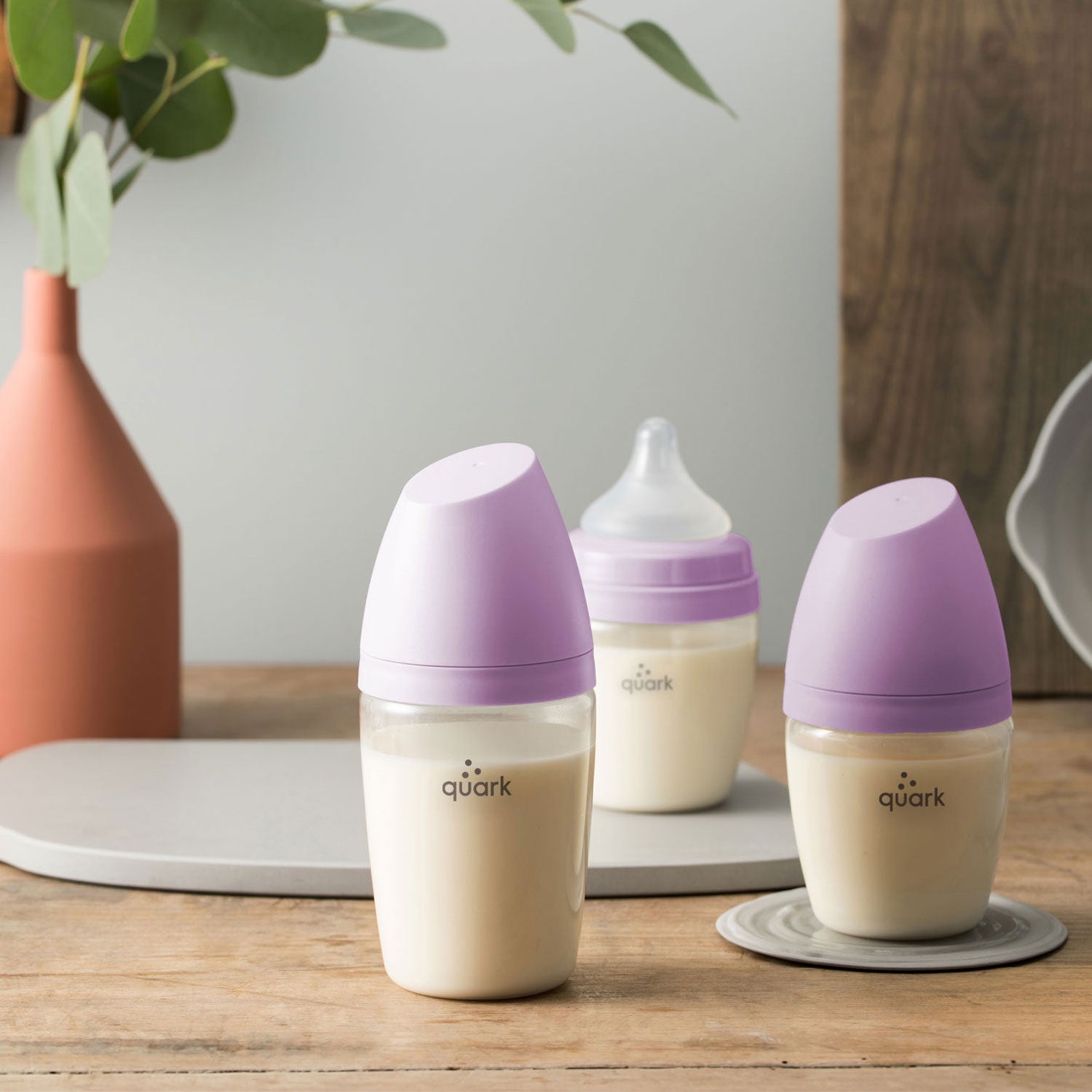
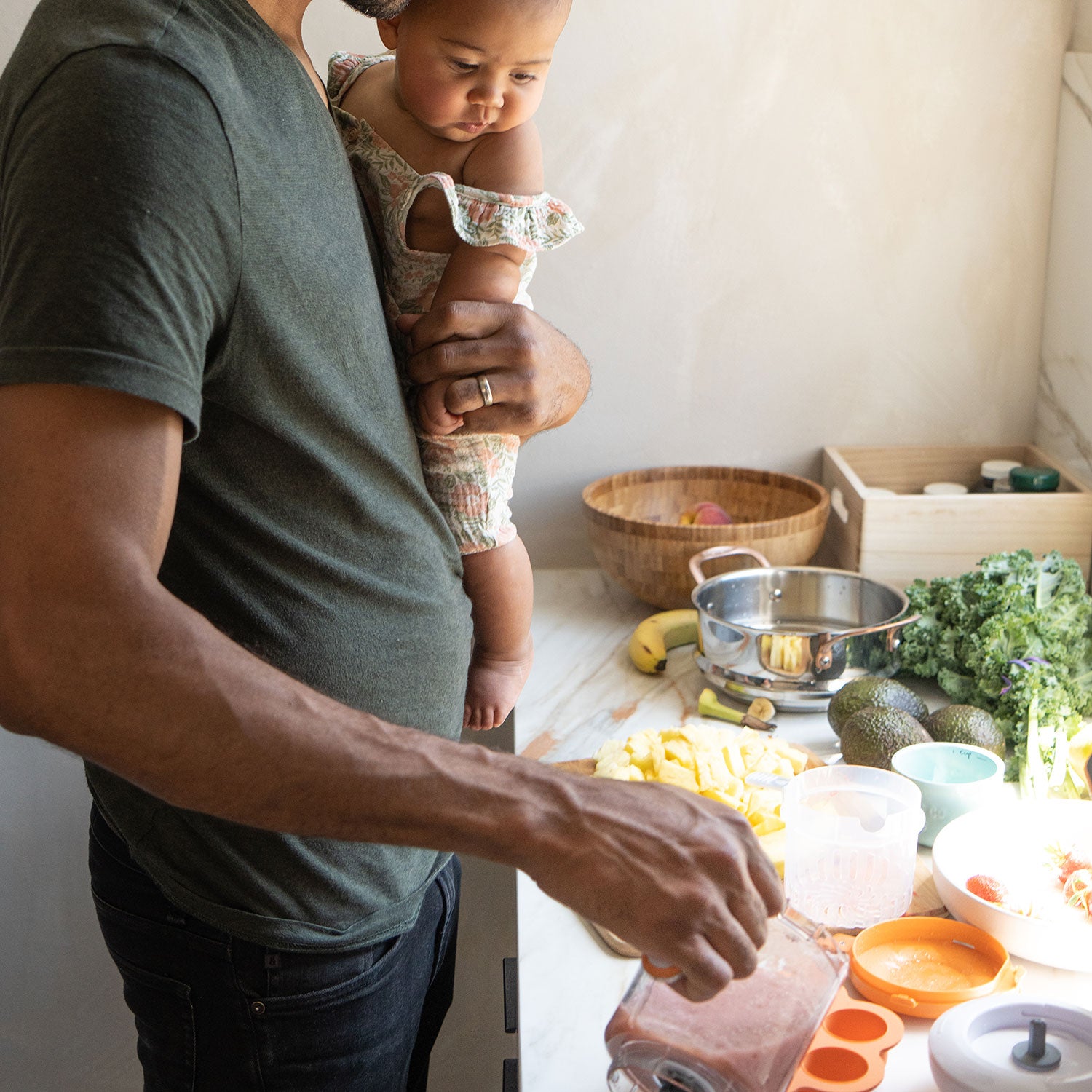

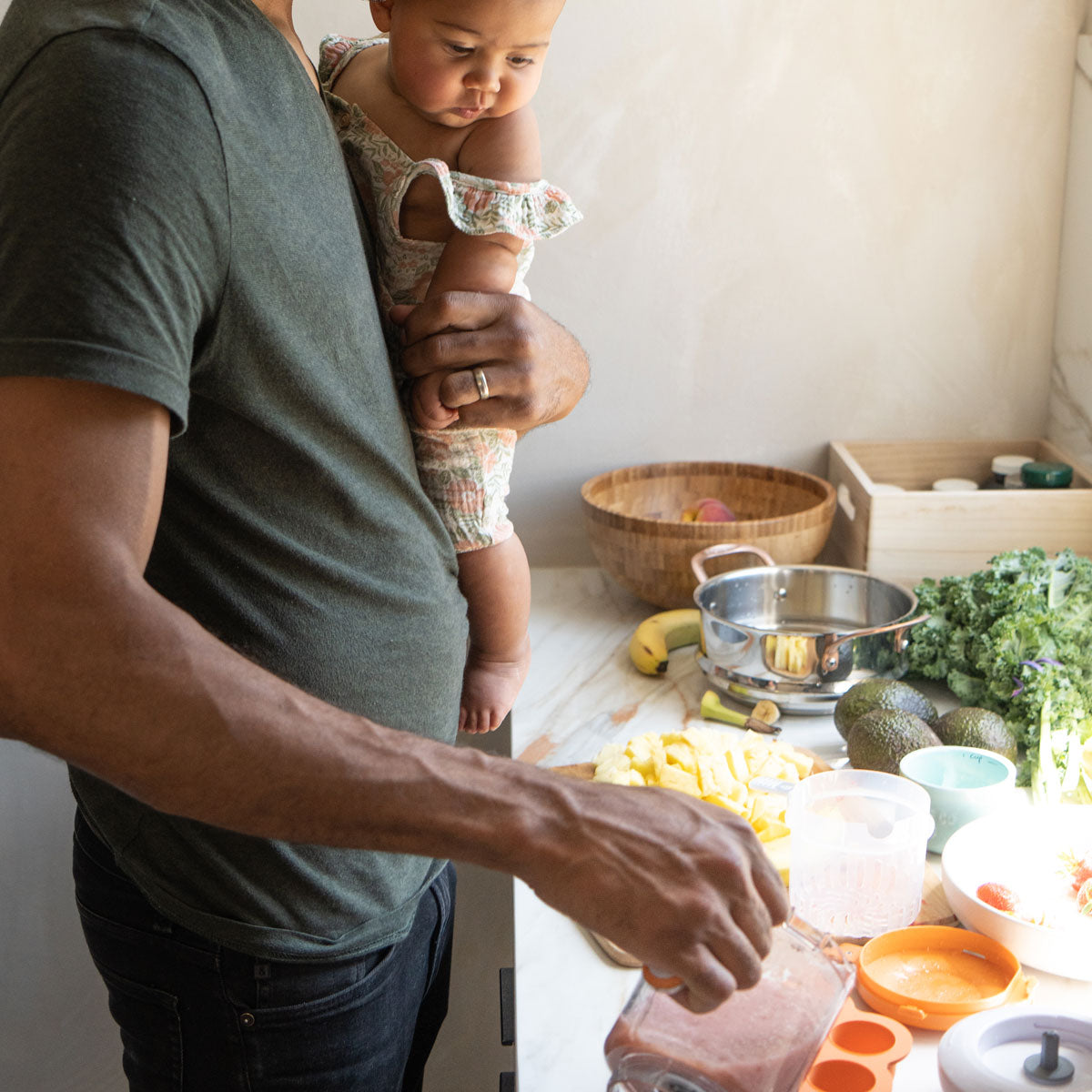
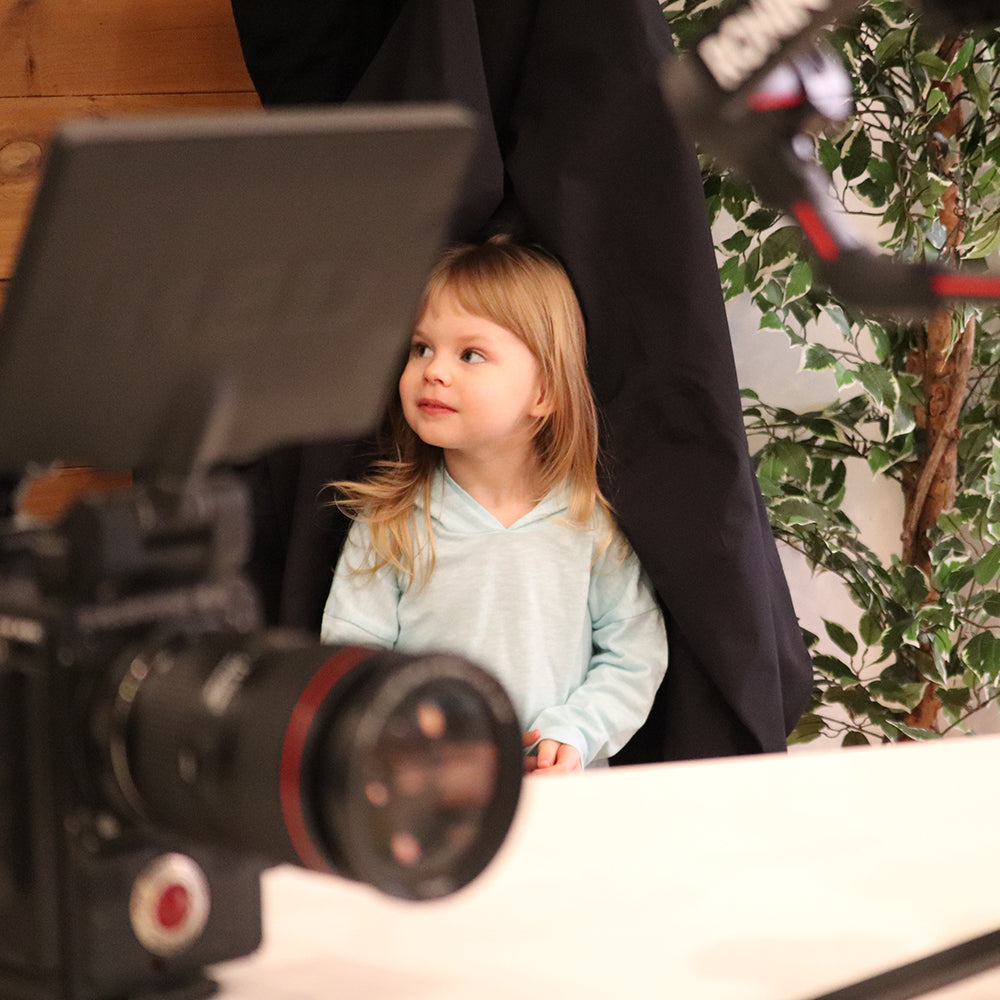
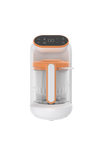
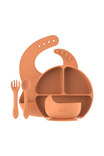
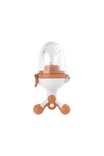
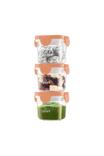
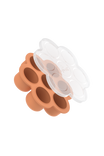
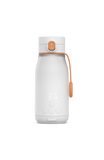
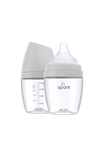
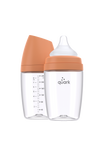
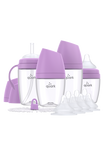
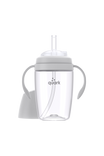
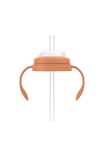
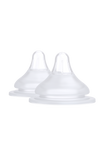
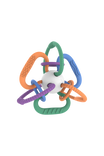
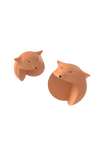
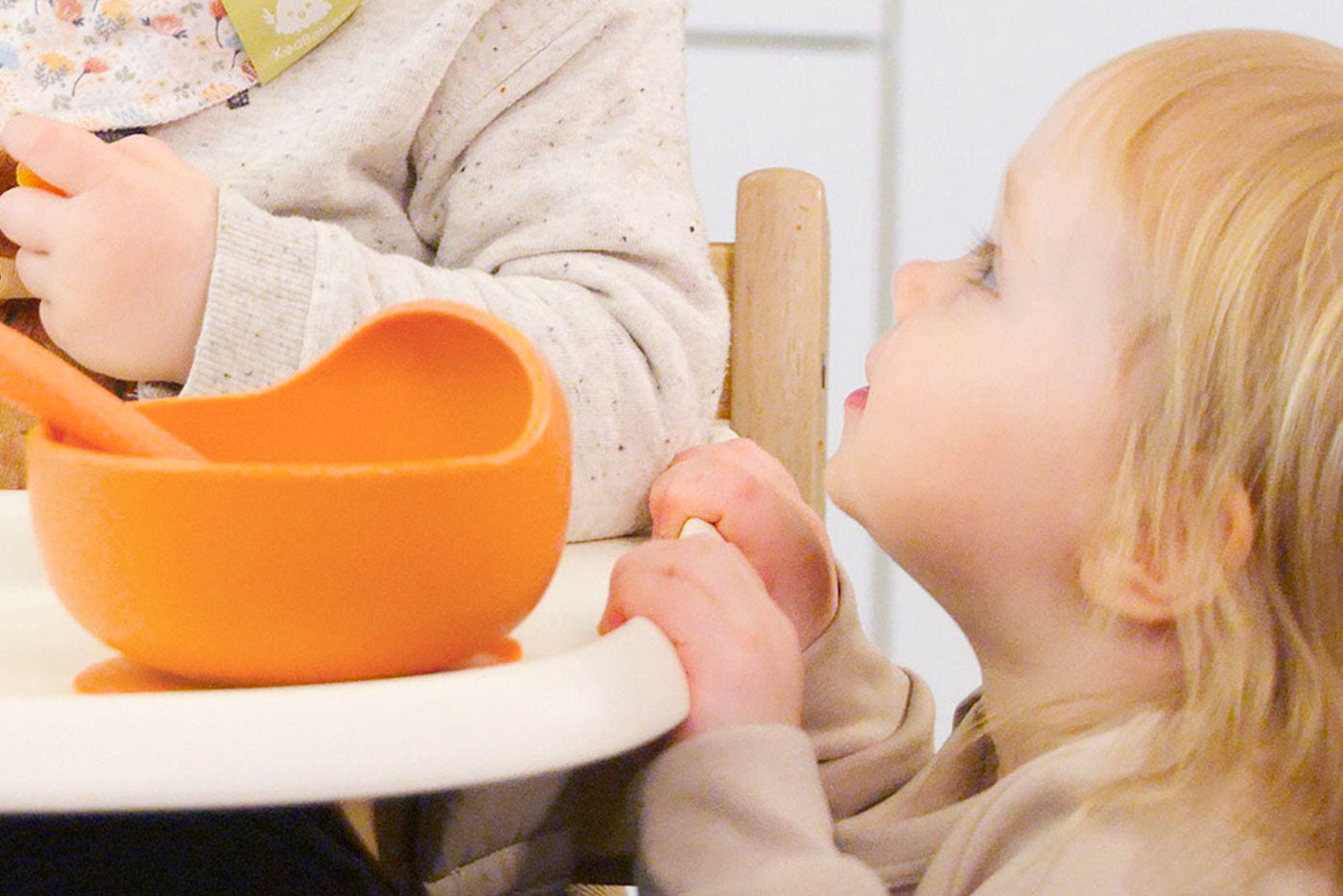
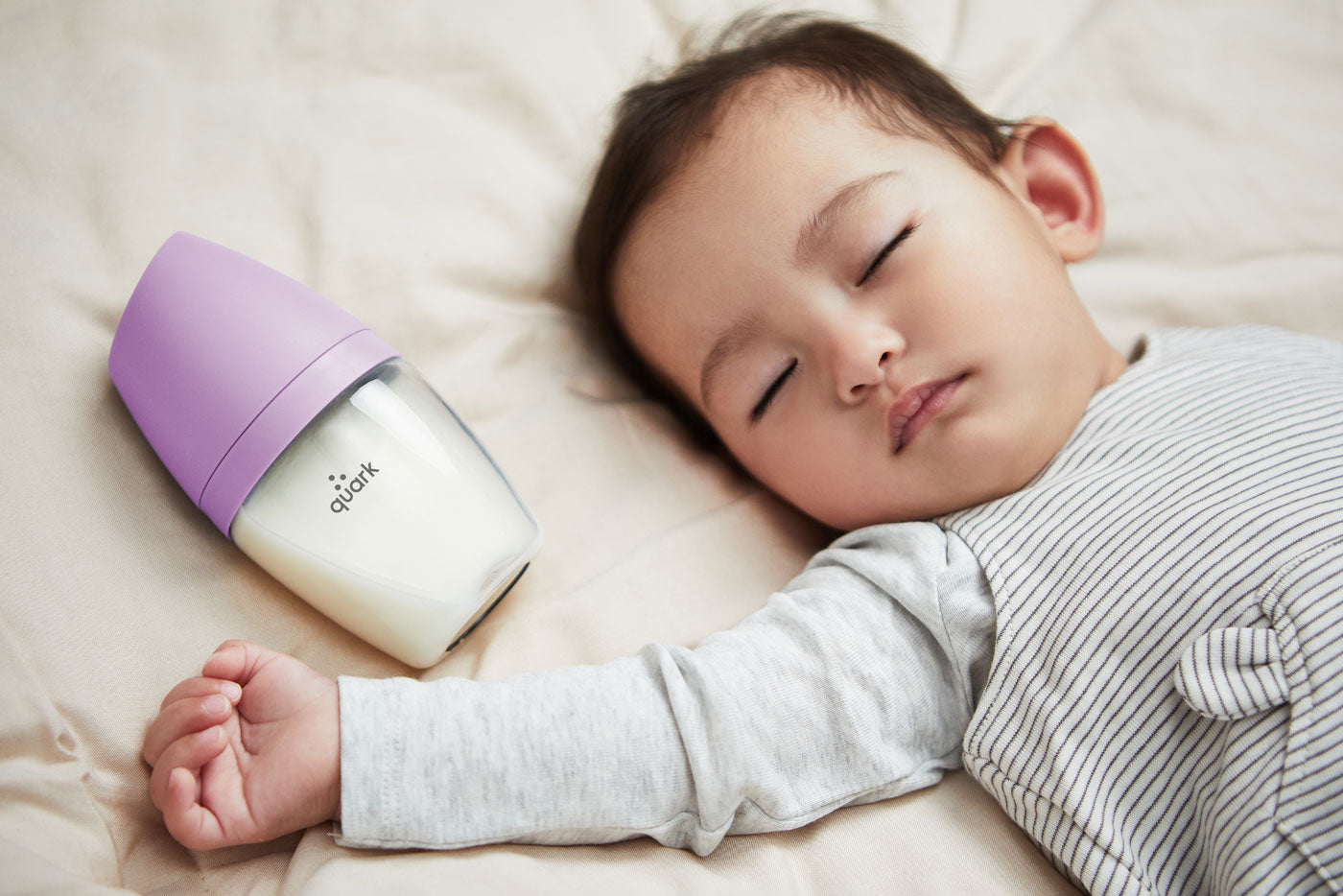
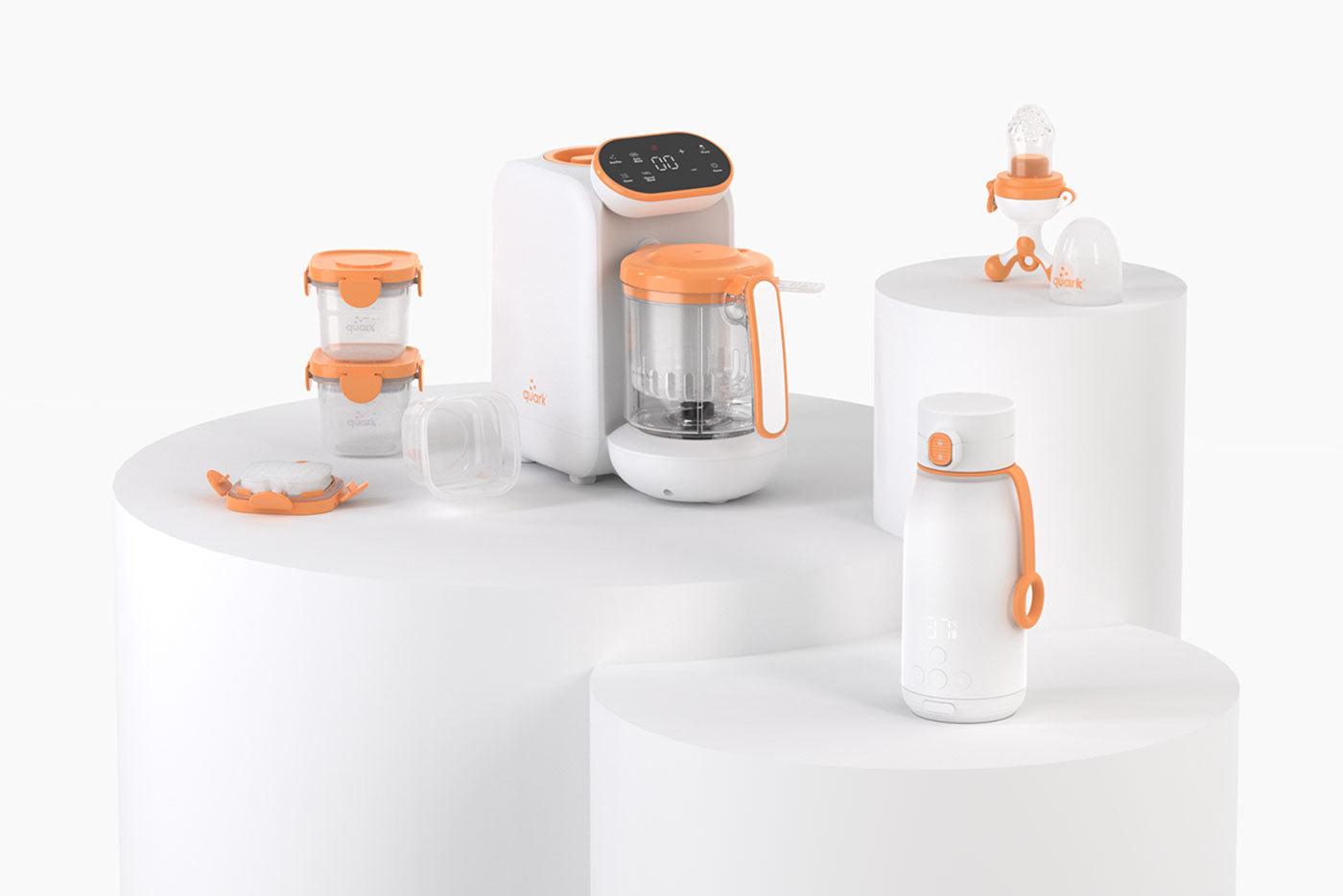
Leave a comment
All comments are moderated before being published.
This site is protected by reCAPTCHA and the Google Privacy Policy and Terms of Service apply.